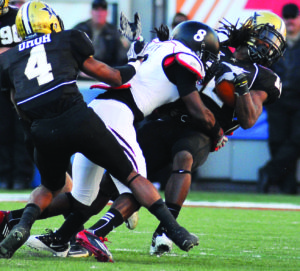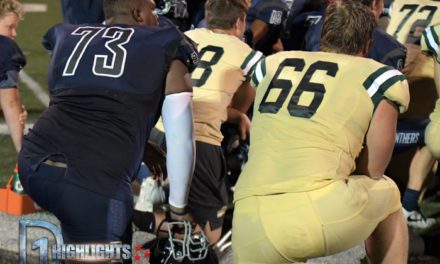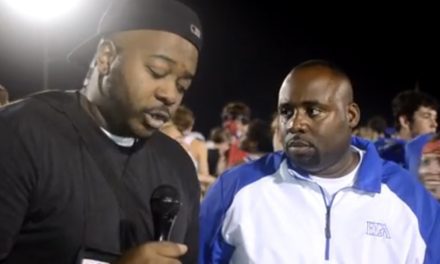
Vanderbilt’s Hunter Bowman (12) recieves a crushing tackle on a kickoff return from Cincinnati’s Adrian Whitty (8) in the 1st quarter of The Liberty Bowl in Memphis Tennesse. Final Score Cincinnati 31 – Vanderbilt 24
As a child of the 80’s and a high school athlete of the late 90’s the word Concussion was never uttered from the mouths of coaches, administration or anyone else for that matter. Now that I think about it, I’m not even sure that l knew of the word. Back then if you “GOT YOUR BELL RUNG” you sat out a couple of plays until you got tired of hearing your coach ask if you were injured or just hurt at that point you returned to the field of play…headache and all!
Thank God for advancements in science and common sense. Now days we know that a concussion can mean that something is wrong or may lead to further problems down the road for an individual. Professional organizations as well as high school governing bodies now have protocol in place incase a student athlete is suspected of having suffered a concussion. Here in Tennessee the TSSAA has a very well laid out policy for game time as well as practice time procedures to be followed in the case that an athlete is suspected of not only a concussion but of any injury.
Education is key and that is why the TSSAA has made all of their policies easily accessible on their website at: www.tssaa.org
Having all of the tools to prevent concussions is useless if a teams administration and staff are not educated on how to use them correctly. We here at D1 Highlights recommend that all injuries, small and large, be taken seriously. Administration, please take the time to meet with your team regularly about what to do if they feel that they have suffered a head injury. DO NOT TRY TO “TOUGH IT OUT”!
1. Determine prior to the start of the contest whether or not a school has access to a health care provider.
2. Continue to monitor players for possible signs of injury.
3. Remove any player that shows sign of injury from the field of play
4. Inform the head coach that the player is being removed for showing signs, symptoms, or behaviors consistent with a concussion.
5. The school shall have the player examined by their designated health care provider. If the health care provider has determined that the student has not sustained a concussion, the head coach may so advise the officials during an appropriate stoppage in play.
6.The head coach is in charge of getting clearance from the school’s healthcare provider.
7. If the school does not have access to a health care provider, or if the school’s health care provider suspects that the athlete may have sustained a concussion, the only means for an athlete to return to practice or play is for the student to be evaluated and cleared by a licensed medical doctor, Osteopathic Physician, or Clinical Neuropsychologist with concussion training.
8. If signs, symptoms and behaviors consistent with a concussion are observed by an official, and a designated health care provider is not available to evaluate the student athlete, the TSSAA Concussion Return to Play” form MUST be completed and signed by a licensed medical doctor.
9. If a player that has been removed by an official for showing signs, symptoms, and behaviors consistent with a concussion is allowed to return to play during the contest, an “Unusual Occurance Form” shall be filed with the state office by the official within 24 hours of the incident.
10. Officials have no role in the diagnosis of a concussion. NFHS Rules do require that the officials remove players from the contest when signs, symptoms, or behaviors consistent with a concussion are observed and the above written protocol must be followed.




